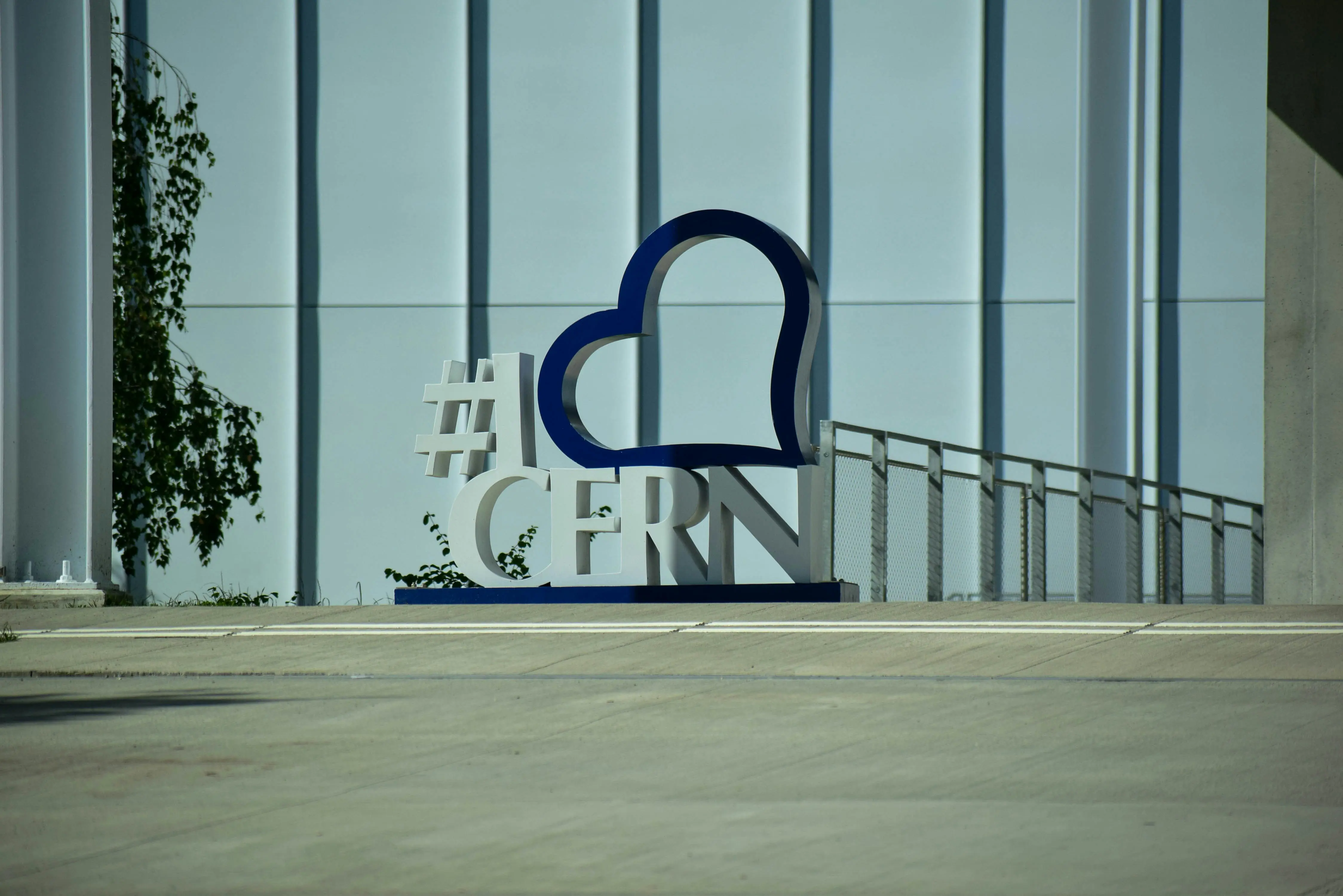Higgs Boson Discovery: A Milestone In Particle Physics

The groundbreaking discovery of the Higgs boson in 2012 marked a pivotal moment in the field of particle physics. After over fifty years of scientific exploration, the hunt for this elusive particle succeeded thanks to the dedicated efforts of researchers at the Large Hadron Collider (LHC), including the esteemed Gonzalez Suarez.
Spanning 27 kilometers in a vast underground tunnel, the LHC stands as the world's largest particle accelerator. Within this colossal machine, proton beams are propelled to nearly the speed of light before colliding. These experiments aim to mimic the conditions shortly after the Big Bang, a pivotal moment when the universe's matter emerged through interactions among elementary particles. Among these particles, the Higgs boson is of particular interest due to its incredibly brief existence.
"The most massive particles no longer exist because they fell apart after the Big Bang," explains Gonzalez Suarez.
The Higgs boson's discovery completed the Standard Model of particle physics, a theoretical framework that describes how elementary particles obtain their mass through the Higgs field. However, verifying the Higgs field's existence required finding the Higgs boson itself—a task accomplished with the LHC's experiments.
Gonzalez Suarez began her journey at CERN in 2008, diving headfirst into the quest for Higgs boson signals. At that time, the outcome was anything but certain. "It was great fun. We received data, accumulated it, and analyzed it, so it was really, really exciting," recalls Suarez. "When I was working on my thesis, we hadn't found the Higgs yet, but from the data we had we could already see that it would happen."
This remarkable achievement not only solidified the foundations of particle physics but also opened up new avenues for understanding the universe's fundamental forces and particles. The discovery of the Higgs boson at CERN remains a testament to the power of scientific collaboration and the relentless pursuit of knowledge.